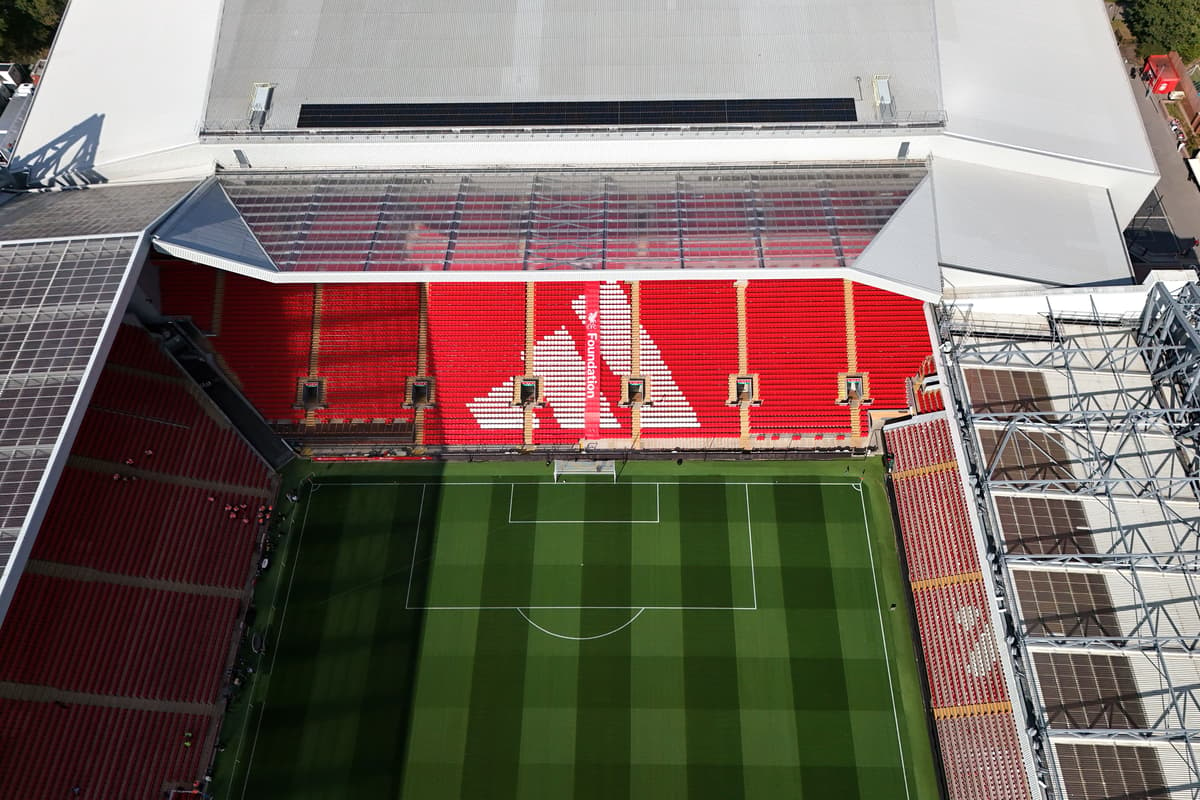
In the world of fitness, we’re all familiar with the allure of quick, high-intensity workouts that promise fast results. But have you ever considered the benefits of slowing things down? Enter ‘Zone Training’, a revolutionary approach to exercising that emphasizes heart rate zones to optimize your workout sessions.
What is Zone Training?
At its core, zone training refers to structuring your exercise based on different heart rate zones, each corresponding to a percentage of your maximum heart rate. These zones typically range from very light activity (Zone 1) to high-intensity sessions (Zone 5). The concept is not just about going as hard as possible but finding the right intensity to achieve your goals, whether that’s weight loss, endurance, or recovery.
The Science Behind Slow Workouts
While high-intensity training gets a lot of attention, research shows that working out at lower intensities in Zones 1 and 2 can boost fat-burning, enhance cardiovascular health, and contribute significantly to longevity. These slower, more controlled exercises provide a steady-state workout that puts less strain on your body and minimizes the risk of burnout or injury.
Benefits of Zone Training for Weight Loss
Slow workouts don’t mean less effective. By maintaining your heart rate in the fat-burning zone (Zone 2), you create a sustainable way to shed weight and keep it off. Working out at a steady pace allows your body to use fat as a primary energy source. Over time, this leads to not only weight loss but a more efficient metabolism.
Longevity: The Long-Term Payoff
Zone training also contributes to overall longevity. According to health experts, staying active in lower heart rate zones supports heart health, reduces stress, and allows for active recovery without overexerting the body. With consistency, this method can add years to your life while improving quality of movement and energy levels.
Integrating Zone Training Into Your Routine
To get started with zone training, you’ll need a reliable fitness gadget such as the Garmin Forerunner 255, which tracks your heart rate and provides real-time feedback about which zone you’re in. Tools like this help you strategically plan your workouts and ensure you’re staying in the most effective zones for your goals.
Whether you’re walking, cycling, or running, it’s all about maintaining the right intensity level to reap the rewards of this method. Many fitness professionals also recommend pairing slow workouts with yoga or pilates for improved flexibility and mindfulness.
Final Thoughts
Zone training offers a science-backed approach to fitness that prioritizes overall wellness, not just immediate results. Whether your goal is weight loss, better endurance, or a more balanced lifestyle, incorporating slow, steady-state workouts can make all the difference. Ready to revolutionize your workout routine? Start slow and reap the rewards for a healthier, happier life.






